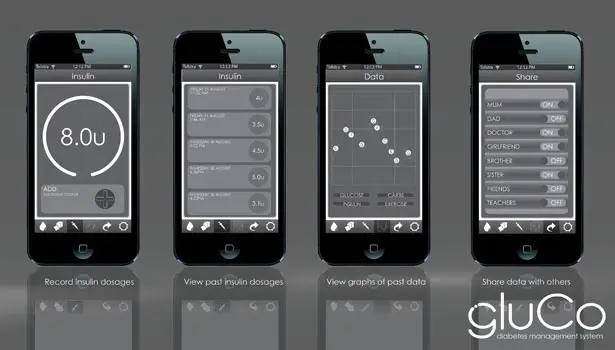
National Institute of Diabetes and Digestive and Kidney Diseases. Glucose monitoring in the management of nonpregnant adults with diabetes mellitus. How to safely use glucose meters and test strips for diabetes.If you've looked at the costs, features and other considerations and are still unsure which blood glucose meter to buy, ask your doctor or certified diabetes care and education specialist for a recommendation. Uses a sensor placed under the skin to measure blood sugar level transmits each reading to a smartphone, smartwatch or small recording device worn on your body gives an alert when blood sugar levels are too low or too highĮxpensive requires sensor to be replaced every 7 to 14 days, depending on the brand may need to check blood sugar level with a traditional monitor to confirm readings and to program the device Not as accurate as fingertip samples when blood sugar level is rising or falling quickly DeviceĪllows blood samples to be taken from areas likely to be less painful than your finger, such as your arm, the palm of your hand or your thigh Ask your healthcare provider about these alternatives. Some manufacturers offer users manuals on their websites.Īlthough finger pokes remain the gold standard for blood sugar monitoring, researchers have developed products designed to take the pain out of the process and continue to develop new products. Look for a meter that includes clear instructions that demonstrate the correct way to use the meter. Most meter manufacturers include a toll-free number that you can call for help. Or some may offer the option to download your blood glucose readings to a computer, then email the test results to your doctor. Some meters offer the ability to share your readings in real time with your healthcare provider with a smartphone app. Some can track time and date of a test, the result, and trends over time. Consider how the meter stores and retrieves information. Special features may include large, easy-to-handle buttons and test strips, illuminated screens, and audio, which may be useful for people with impaired vision. Ask about the features to see what meets your specific needs. Are both the meter and test strips comfortable and easy to hold? Can you easily see the numbers on the screen? How easy is it to get blood onto the strips? How much blood is required? Some meters are easier to use than others. Be sure to factor in the cost of the test strips, as these will represent the majority of the cost in the long term.


Some insurance providers limit coverage to specific models or limit the total number of test strips allowed. Check with your insurance provider for coverage details.

Here are several factors to consider when choosing a blood glucose meter: They differ in the type and number of features they offer. When used and stored properly, blood glucose meters are generally accurate in how they measure glucose.


 0 kommentar(er)
0 kommentar(er)
